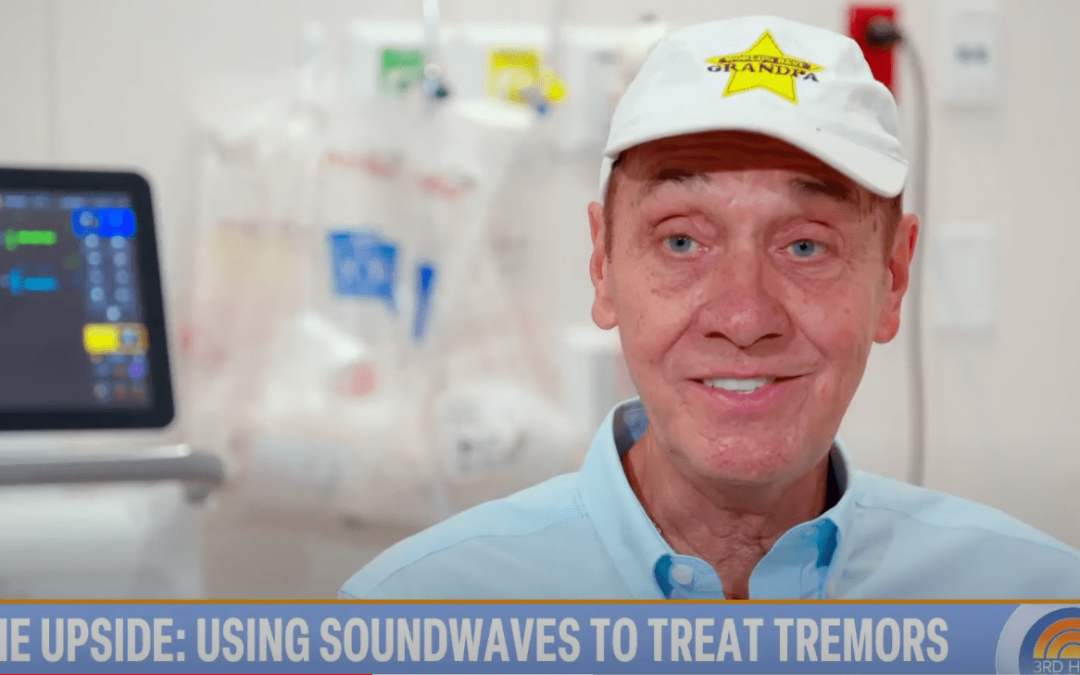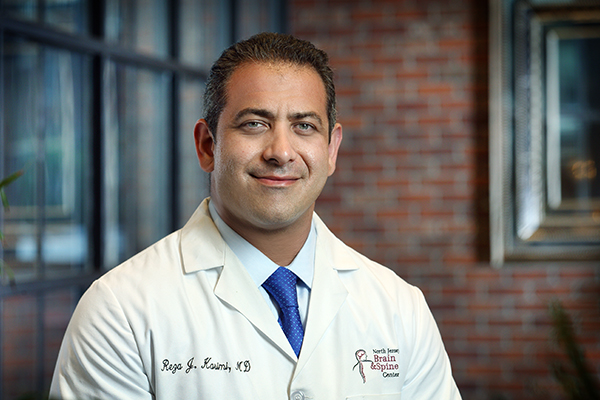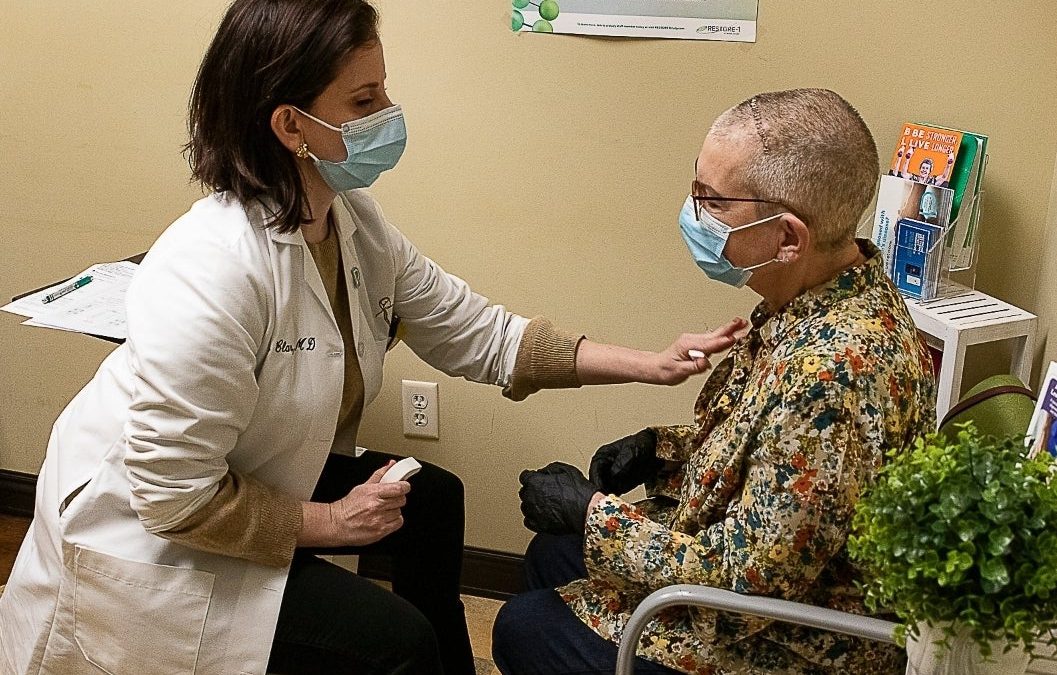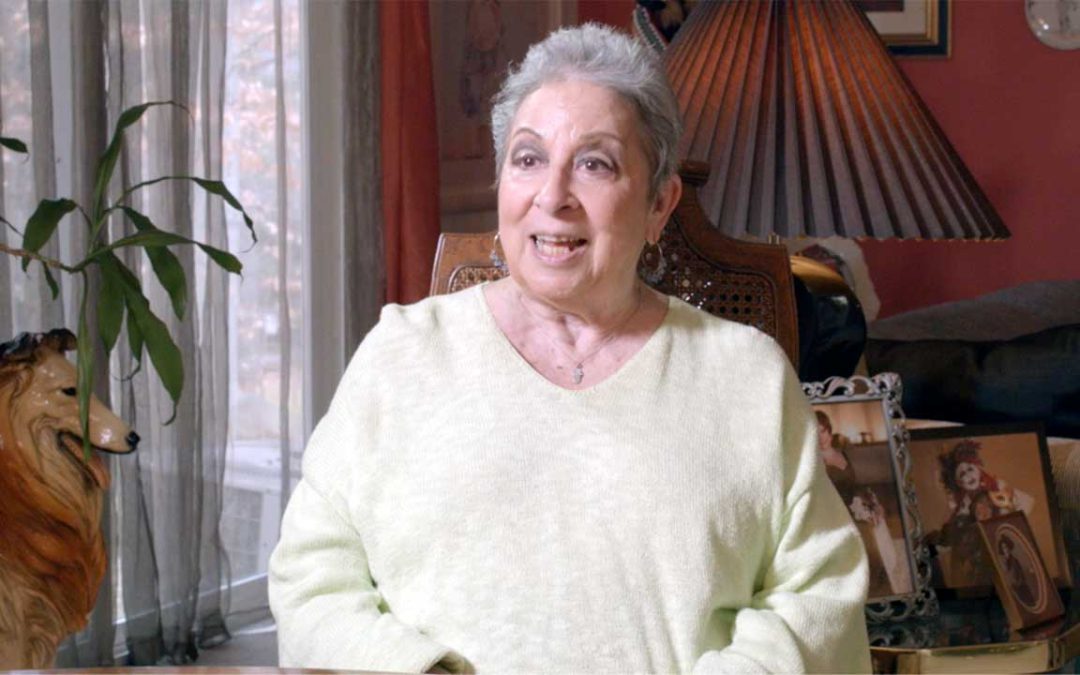What is a schwannoma?
A schwannoma is a rare type of tumor that forms in the body’s nervous system and grows from Schwann cells. Schwannoma tumors are often benign and slow growing, which means that they are not cancerous. But, in some cases, they may become cancerous. They most often occur on the spinal nerves, peripheral nerves (in the extremities) but can also occur in the cranial nerves inside the skull.
Schwann cells assist the conduction of nerve impulses. They wrap around peripheral nerves and provide protection and support. The body’s peripheral nervous system includes nerves that travel from your spinal cord and brain to carry signals to and from the rest of your body. Schwannomas can often appear in nerves that enable sensations and motion within the arms, legs, face and eyes or skin. Schwannomas are rare, affecting fewer than 200,000 people each year in the United States.
Impact of schwannomas on nerves
Schwannomas that grow on a nerve in an arm or leg can cause pain, weakness, tingling, “pins and needles” sensation. Schwannomas can also affect nerves in the face and neck, resulting in facial muscle pain or paralysis, problems swallowing or moving an eye, hearing loss, and loss of the sense of taste. When located on the nerves of the arms or legs, schwannomas can become visually apparent and cause cosmetic concerns as they grow larger.
When a schwannoma grows on a nerve root (where the nerve exists the spinal cord), it can cause symptoms similar to those associated with spinal problems such as a herniated disc. Large nerve root schwannomas within the neck or spine region will often cause tingling or numbness and weakness along the length of the attached nerves, as well as severe pain, impaired nerve function or even paralysis.
Treatment options for schwannomas?
Treatment for schwannoma depends on where the tumor is located and how quickly it is growing.
Your physician will recommend an individual treatment plan that may include the following:
- Monitoring and Observation. Observation may include regular checkup and a CT or MRI scan every few months to determine if the tumor is increasing in size. If the tumor is not growing quickly, and does not interfere with your quality of life, observation may be the best course of action.
- Surgery. If the tumor is causing pain or growing quickly, an experienced surgeon can remove the tumor. Depending on the location of the tumor, patients may be able to go home the same day as surgery, while others may need to remain in the hospital for a few days.
- Radiation Therapy. Radiation therapy is used to help control the tumor’s growth and improve corresponding symptoms. This process may also be used in combination with a surgical approach to care.
- Stereotactic Radiosurgery. If the tumor is near vital nerves or blood vessels, a technique known as stereotactic radiation therapy may be used to limit damage of healthy tissue. This process allows a physician to precisely target a tumor without requiring any incisions.
If you are seeking treatment for a schwannoma, or would like an expert second opinion on your condition, the compassionate physicians and neurosurgeons of New Jersey Brain and Spine have decades of experience providing innovative approaches and personalized care for patients.
We are able to specifically tailor your schwannoma treatment plan based on your individual condition and goals. For more information, contact us today.








